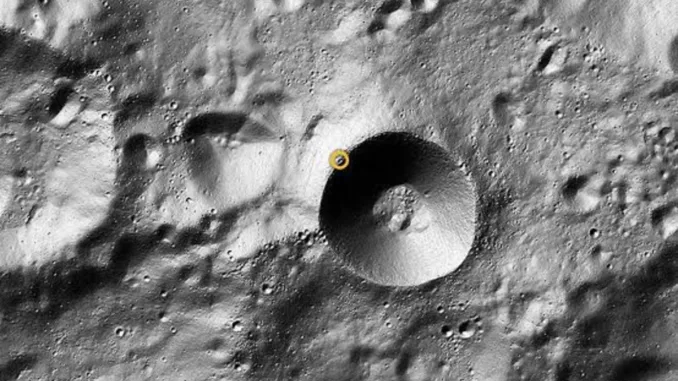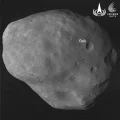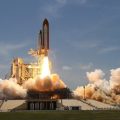
According to a report a big mystery has been solved. The mystery behind the Moon crash on March 4, 2022, has been solved finally. A rocket crashed on the far side of the Moon and created a 95 feet (29 meters) wide double crater.
Astronomers who discovered this incident tracked the trajectory of rogue rockets for weeks. They predicted the precise location and time of impact of the rocket. However, the main question was the identity of the rocket named WE0913A by astronomers.
The Real Culprit: China’s Long March 3C Rocket
From the initial observations, it was easy to assume that it was the upper stage of SpaceX’s Falcon 9 rocket that launched the DSCOVR satellite in February 2015.
However, subsequent investigations identified another culprit: the third and uppermost stage of China’s Long March 3C rocket, which propelled the uncrewed Chang’e 5-T1 mission around the moon in October 2014.
A team of researchers from the University of Arizona (UA), led by Tanner Campbell, a doctoral student at UA’s Department of Aerospace and Mechanical Engineering, have done a trajectory analysis and spectroscopic analysis.
The study, published on Thursday (Nov.16), conclusively proves that WE0913A is indeed the Long March 3C rocket body (R/B) from the Chang’e 5-T1 mission.
The Long March 3 C’s upper stage burnt up upon its reentry into the earth’s atmosphere shortly after the Chang’e 5-T1 was launched.
However, this is not consistent with the statement made by the U.S. Space Command last year which denied this report, saying that the item never got back into the earth’s atmosphere.
How This Report Helps Scientists Understand the Impact That Created WE0913A?
This new discovery helps to solve both who caused the impact and also what sort of a crater was left behind when it crashed on the Moon in March 2022.
The researchers studied WE0913A’s light curve and then compared it with thousands of hypothetical space objects generated through computer simulations. The findings showed unique features implying that it behaved as if it were a stable dumbbell turning over.
This action is attributed to tremendous mass at each end whose majority lies on two engines situated on an upper stage having a total weight of 2400 lbs (1090 kg) without fuel.





